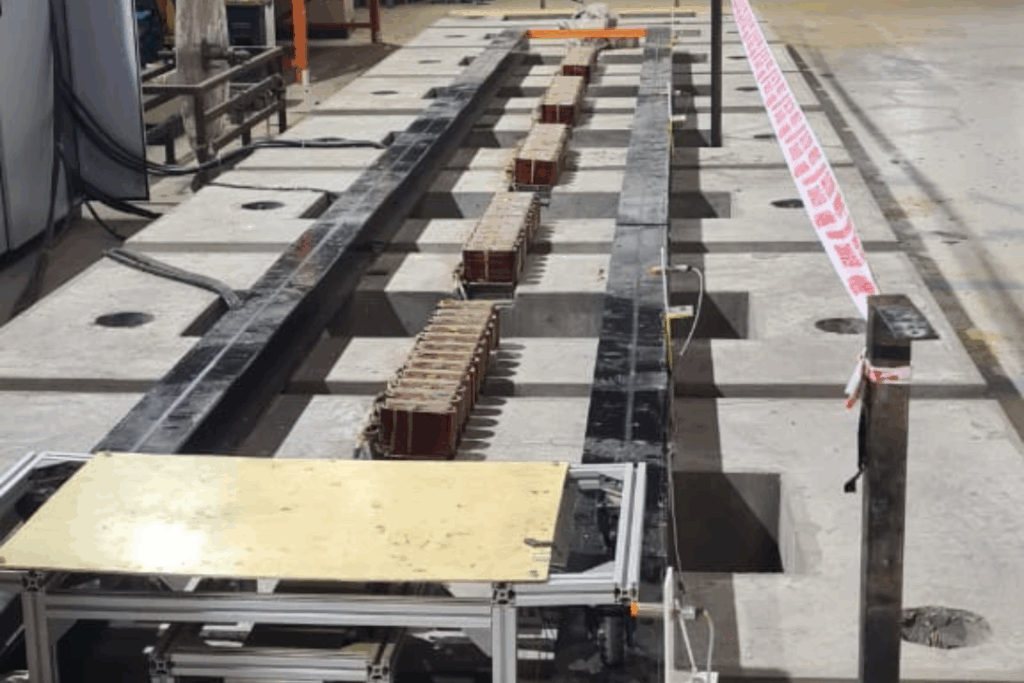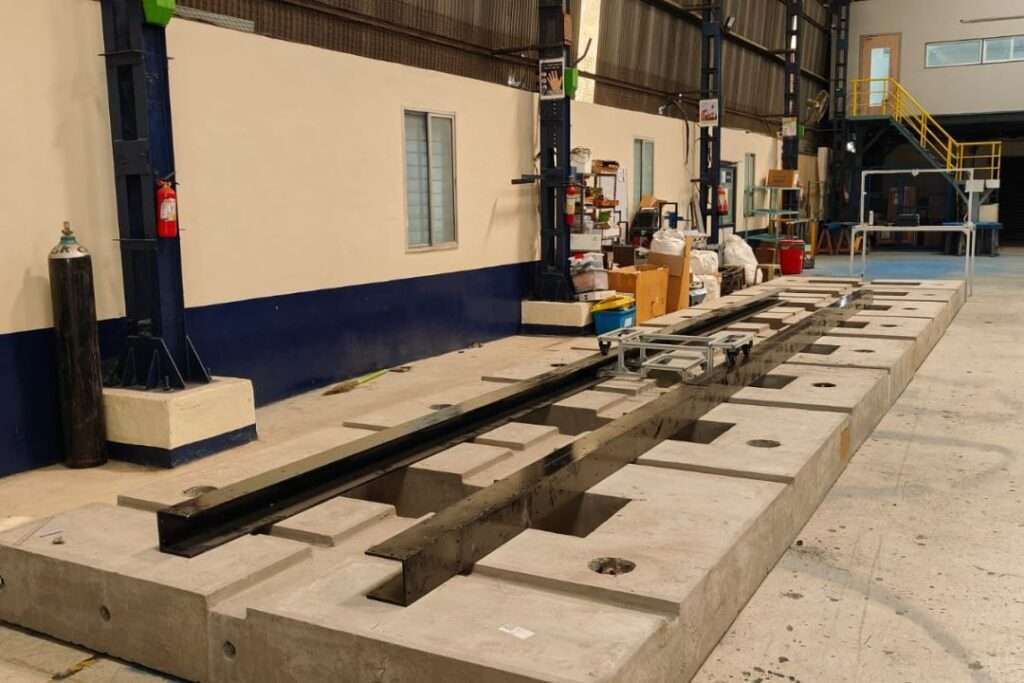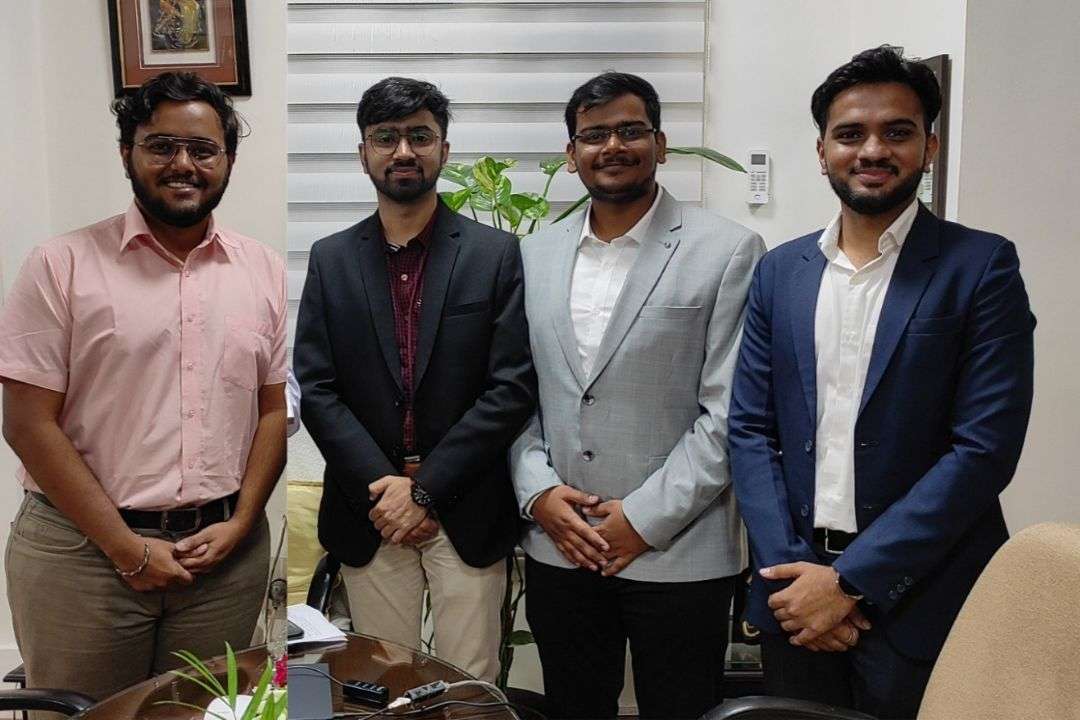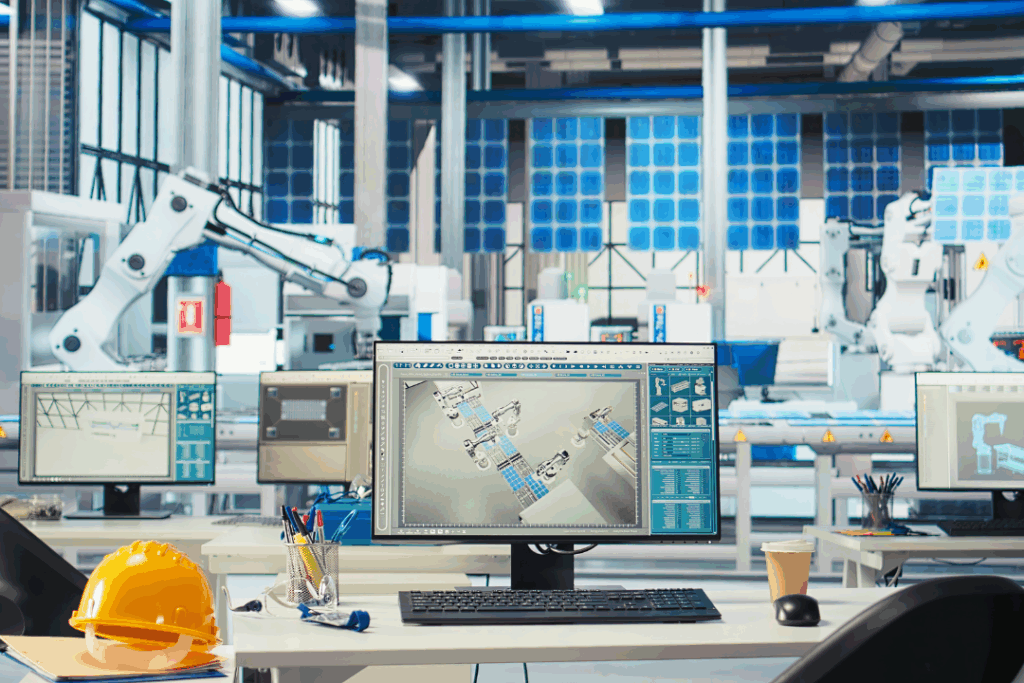India’s transport ecosystem is on the verge of a groundbreaking transformation, and leading the charge is Quintrans—a startup with a futuristic vision and the drive to bring Hyperloop technology to life. The company is founded by Prasanna Kadambi along with Kartik Kulkarni and Pranay Luniya as co-founders. The concept of travelling between Mumbai and Pune in under 25 minutes may have once sounded like science fiction, but today, it’s edging closer to reality.
At the helm of this revolution is Pranay Luniya, CEO of Quintrans, who shares insights on the journey so far, the challenges ahead, and how Hyperloop could redefine intercity travel and the very fabric of public transportation in India. In this interaction with Machine Maker, we explore this ambitious project’s technology, vision, and impact with Pranay Luniya.
From Classroom Curiosity to National Mission

“The idea of covering Mumbai to Pune in under 30 minutes felt like magic,” shares Pranay, reflecting on his student days. “We were fascinated by maglev technology and the Hyperloop concept itself. Mumbai-Pune is one of the busiest corridors globally, with over two lakh people commuting daily. We saw a clear need for a faster, more efficient solution.”
That student’s fascination led to a full-scale mission—to make India a global hub for Hyperloop development. Quintrans has since evolved into a serious engineering venture, working on what many call the ‘fifth mode of transport.’ Their approach goes beyond academic interest—they are building core components and infrastructure suited for Indian conditions and doing it from the ground up. “Quintrans is at the forefront of this journey, developing all the necessary technologies to make Hyperloop a safe, reliable, and feasible mode of transport”, shared Pranay.
Backed by the Government, Fuelled by Purpose

Quintrans received commendable support from the government through funds and grants to develop the core technologies behind the Hyperloop. Since this hasn’t been successfully done anywhere else in the world yet, India has an opportunity to lead, and they are working toward making it the global hub for advanced high-speed rail systems.
“It’s tough to pinpoint an exact timeline, but the Ministry of Railways plans to develop a 10-kilometre test track for passenger and cargo purposes, which is expected to be completed before 2030”, explains Pranay. The target is to build at least five operational Hyperloop corridors across India by 2047.
Pranay is confident that the Hyperloop will revolutionise public transport. “Imagine travelling faster than an aeroplane without the need to arrive hours early, like at airports. Our pods will operate every 15 minutes, just like metro trains, eliminating the need for bookings”, adds Pranay. Tickets will be priced around Rs 1,500, making the journey both affordable and lightning-fast, with a travel time of just 25 minutes between Pune and Mumbai.
Pranay explains that the Hyperloop is set to be the most sustainable form of public transport. Since it runs entirely on electricity, there are zero greenhouse gas emissions. What’s more, the electricity used will be sourced from renewable options like solar power. The enclosed tube system also means no noise pollution, making it an eco-friendly choice.
“Safety is paramount, especially for a new transport mode”, shared Pranay. That’s why Quintrans brought the certification agencies in right from the early stages of development. This ensures that safety standards are baked into the technology from the ground up, making it suitable for passenger use once it’s ready.
Designed for the Future, Built for the Planet

For Pranay, Pune-Mumbai is just a start. Be believes India is poised to be one of the largest markets for the Hyperloop. “We have numerous twin cities or clusters that are too close for flights but too far for road travel to be efficient. Apart from Mumbai-Pune, routes like Bengaluru-Chennai, Delhi-Chandigarh, Ahmedabad-Jaipur, Hyderabad-Amravati, and Lucknow-Kanpur are all strong candidates for Hyperloop connectivity”, added Pranay.

Hyperloop demands expertise across all engineering disciplines. “We’re developing motors, controllers, vehicle chassis, suspension systems, HVAC systems, and more. On the infrastructure side, it involves significant civil engineering and project management. It’s a convergence of traditional manufacturing with cutting-edge design and safety principles”, shares Pranay.
With bold visionaries, Quintrans is leading the way and India’s dream of a Hyperloop-powered future may arrive sooner than expected. As cities grow and demand faster, greener, and smarter transport solutions, Quintrans is proving that innovation, when fueled by purpose, can travel at the speed of light—or at least close to it.







